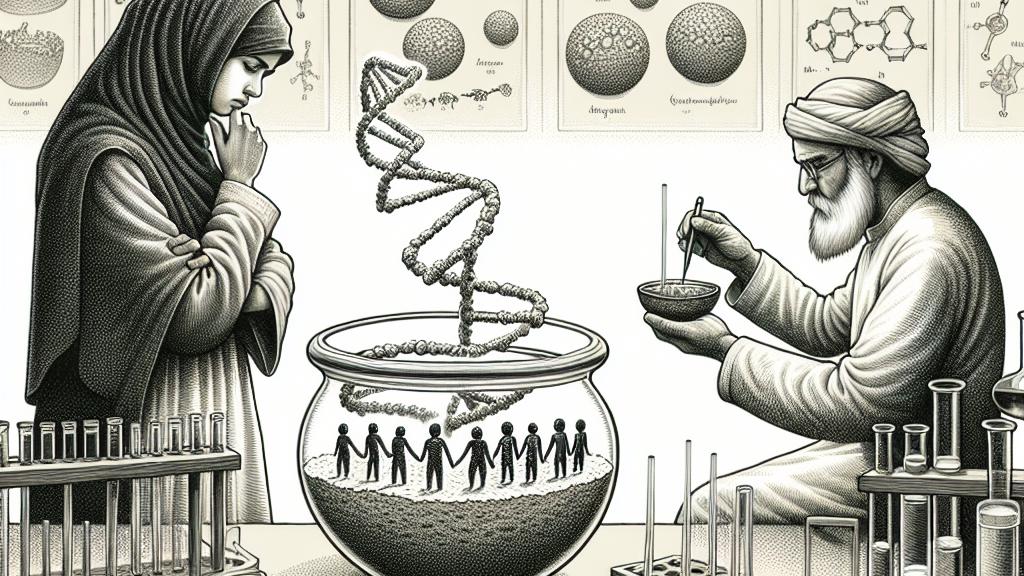Understanding How the Genetic Code Developed
Overview
- Groundbreaking research redefines our understanding of genetic code evolution.
- Findings indicate early life favored smaller amino acids over larger counterparts.
- Implications for astrobiology could revolutionize the search for extraterrestrial life.

Revolutionary Insights from Arizona
Imagine a team at the University of Arizona, where doctoral student Sawsan Wehbi is stirring the pot of scientific legend. For ages, we've been told that every living organism shares a consistent genetic code—a neat, tidy tale that has gone unquestioned. Yet, Wehbi’s compelling research bursts onto the scene like a fresh breeze, suggesting that this narrative is more complex than we realized. In fact, it highlights that early life forms—think of primordial organisms in ancient oceans—had a surprising preference for smaller, simpler amino acids, akin to selecting basic LEGO blocks before tackling the intricate designs. This transformative understanding is not just a minor tweak; it invites us to revisit and reshape our entire conception of life’s origins, emphasizing that nature’s building blocks might have started off rather simply before evolving into what we recognize today.
Reevaluating Classic Experiments
Now, consider how scientific narratives are often sculpted from classic experiments, yet these foundational studies can have blind spots. Take, for instance, the iconic Urey-Miller experiment from 1952. Initially lauded for simulating the conditions of early Earth, this experiment seemingly demonstrated the capacity of life's building blocks to emerge from inorganic materials. However, it missed a crucial player: sulfur. Without this important element, Wehbi's team argues, we have potentially overlooked key aspects of amino acid development. If sulfur was abundant in the primeval world, why omit it? Such omissions could lead to significant misinterpretations of how life’s building blocks were constructed. Reflecting on this, we find ourselves pondering: how many advancements in science are constrained by the very experiments that paved the way? The call for continuous reevaluation is louder than ever.
Amino Acids: Life's Essential Ingredients
So, what’s the big deal about amino acids? These remarkable molecules are not just ingredients; they’re the very essence of life. Comprising 20 essential amino acids needed for our survival—such as histidine, which plays a pivotal role in tissue repair—these building blocks string together like pearls in a necklace, forming proteins necessary for diverse functions from muscle growth to hormone production. By breaking down proteins into their amino acid sequences, we discover how these little guys dictate everything from cellular structure to metabolism. What’s particularly exciting about Wehbi’s findings is their suggestion that the sequence and timing of how amino acids melded helped shape early life forms. This understanding holds great promise for astrobiology; when searching for life on other planets, especially in sulfur-rich environments of Mars or the icy worlds around Jupiter like Europa, this could reshape our mission strategies and what signs of life we look for. It’s possible that the very essence of life as we seek it may depend on the history and relationships of these amino acids.

Loading...